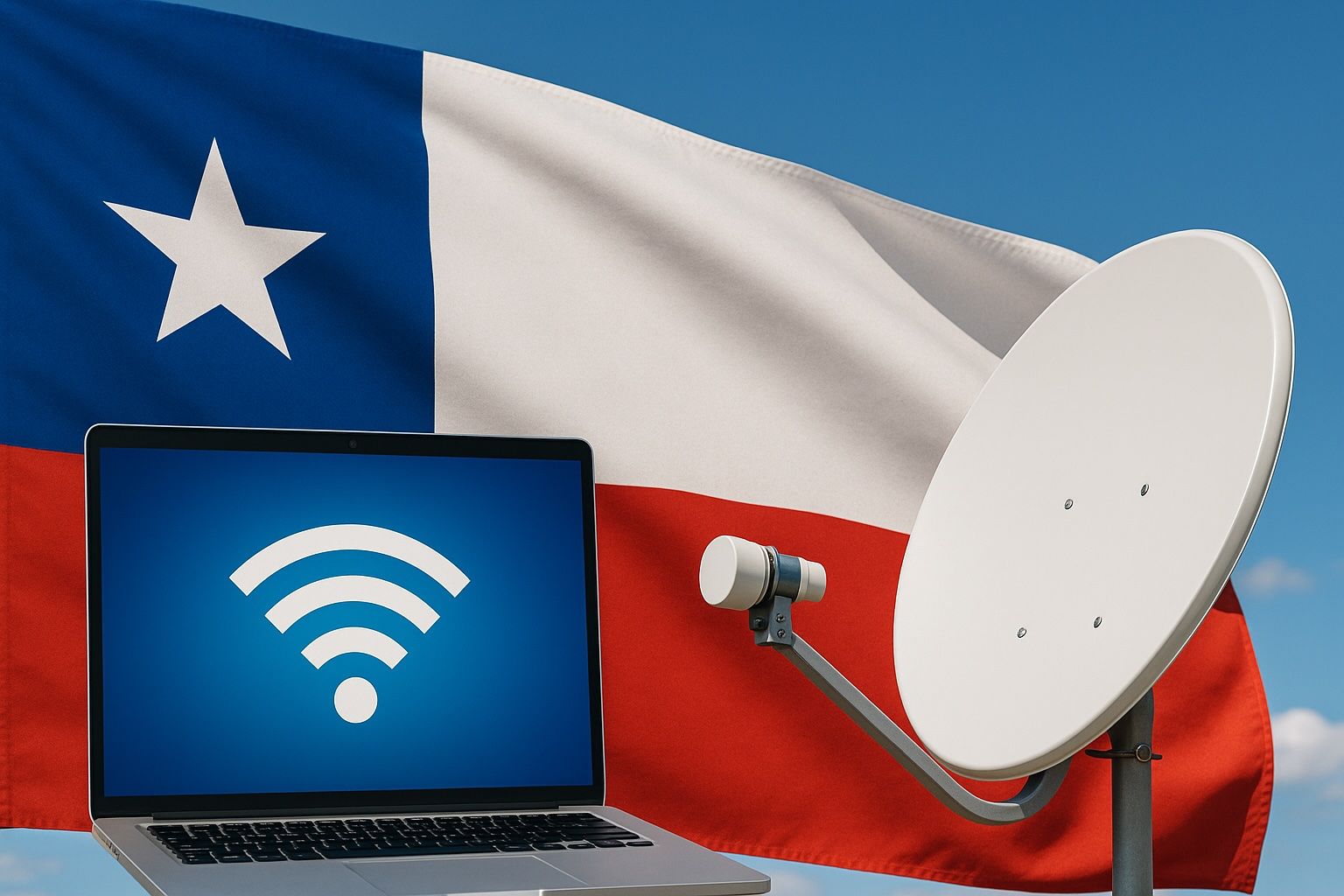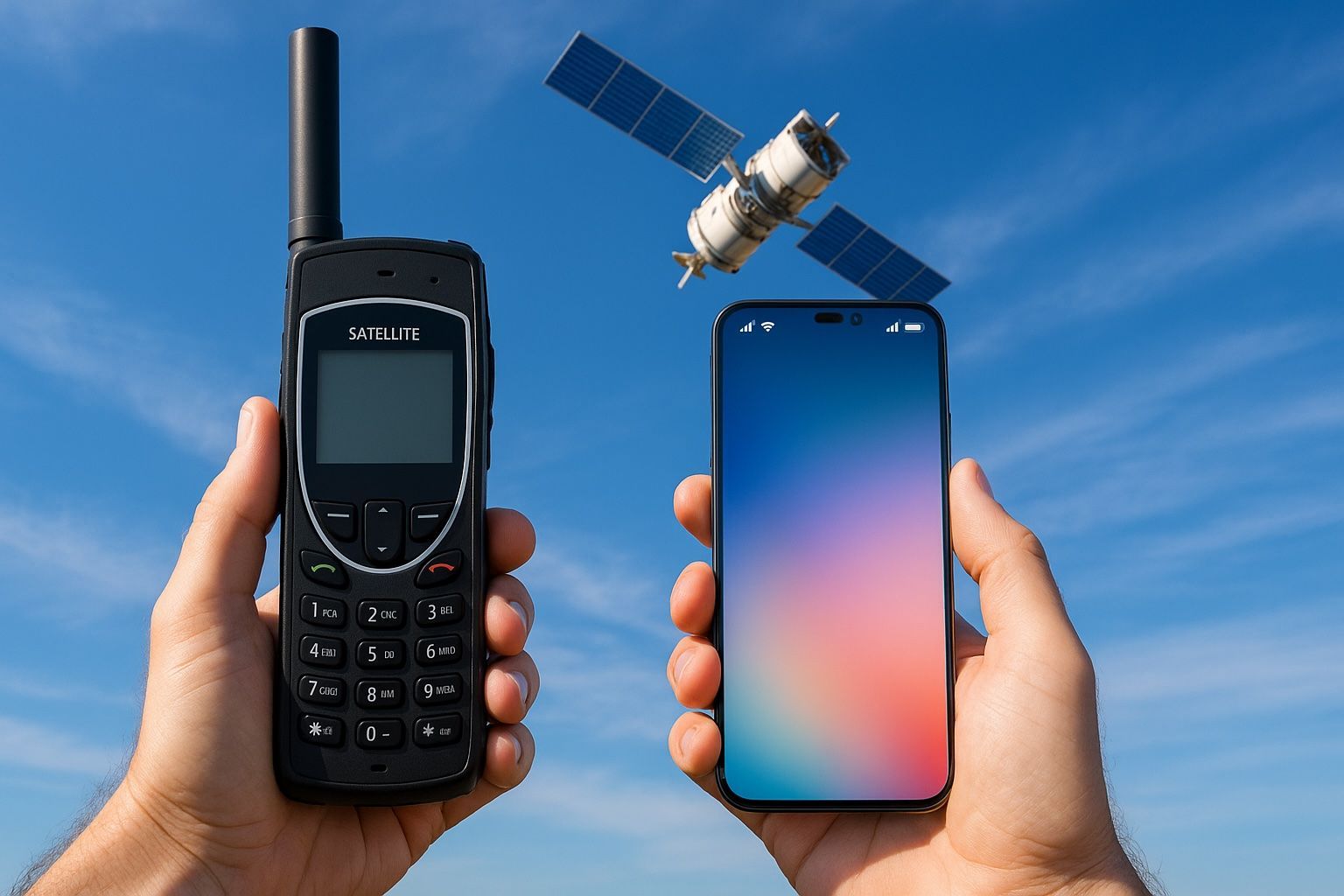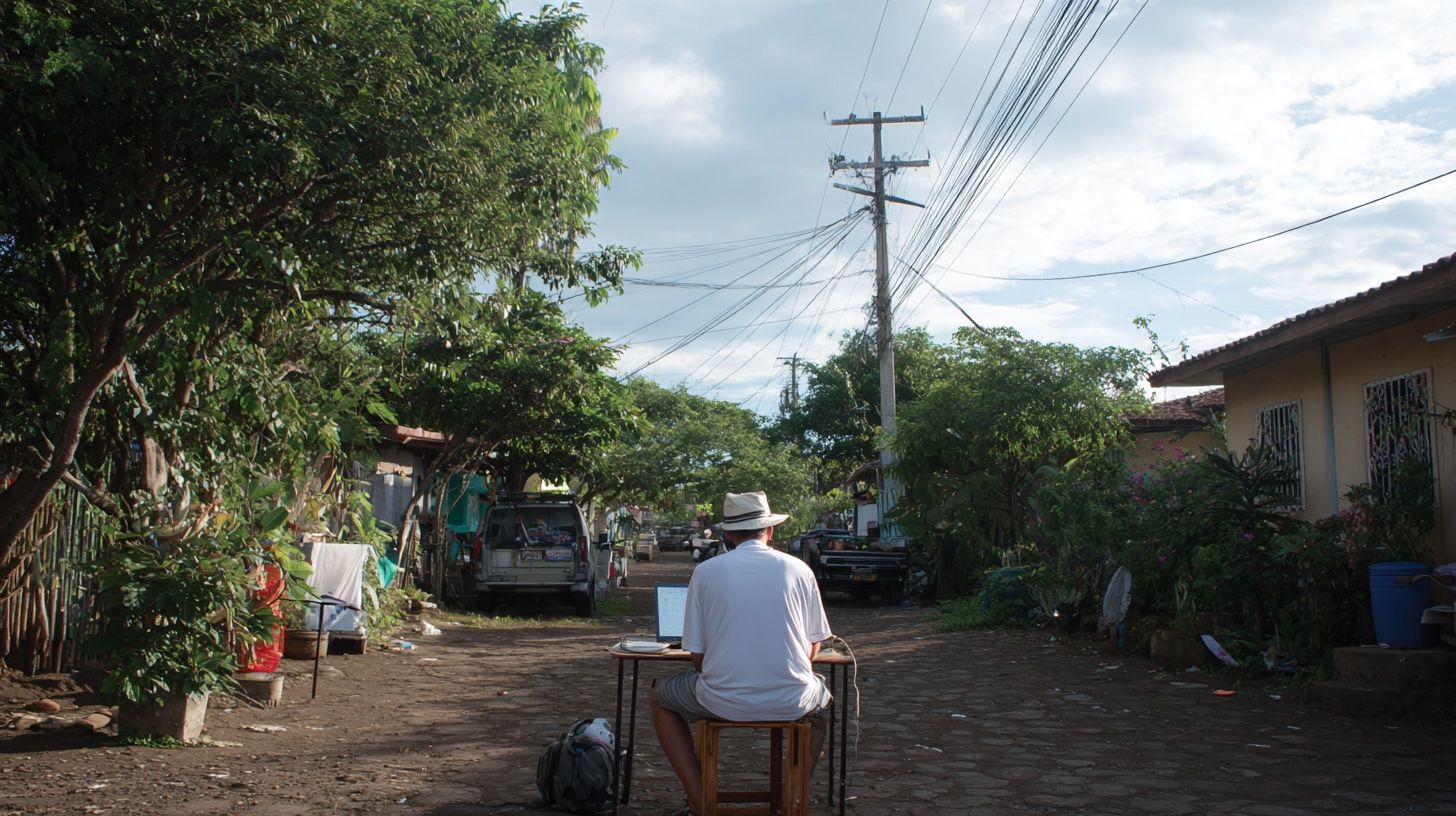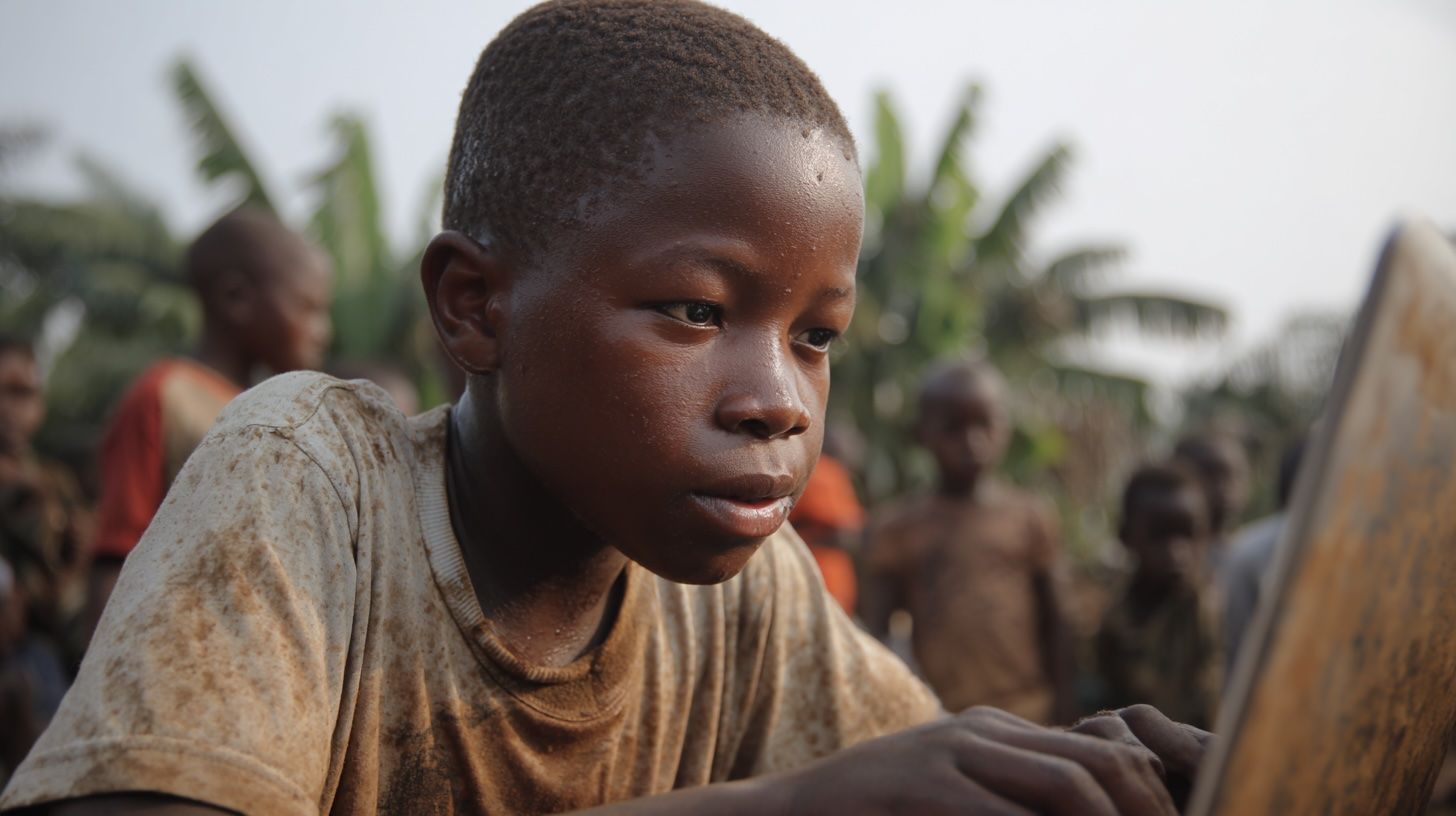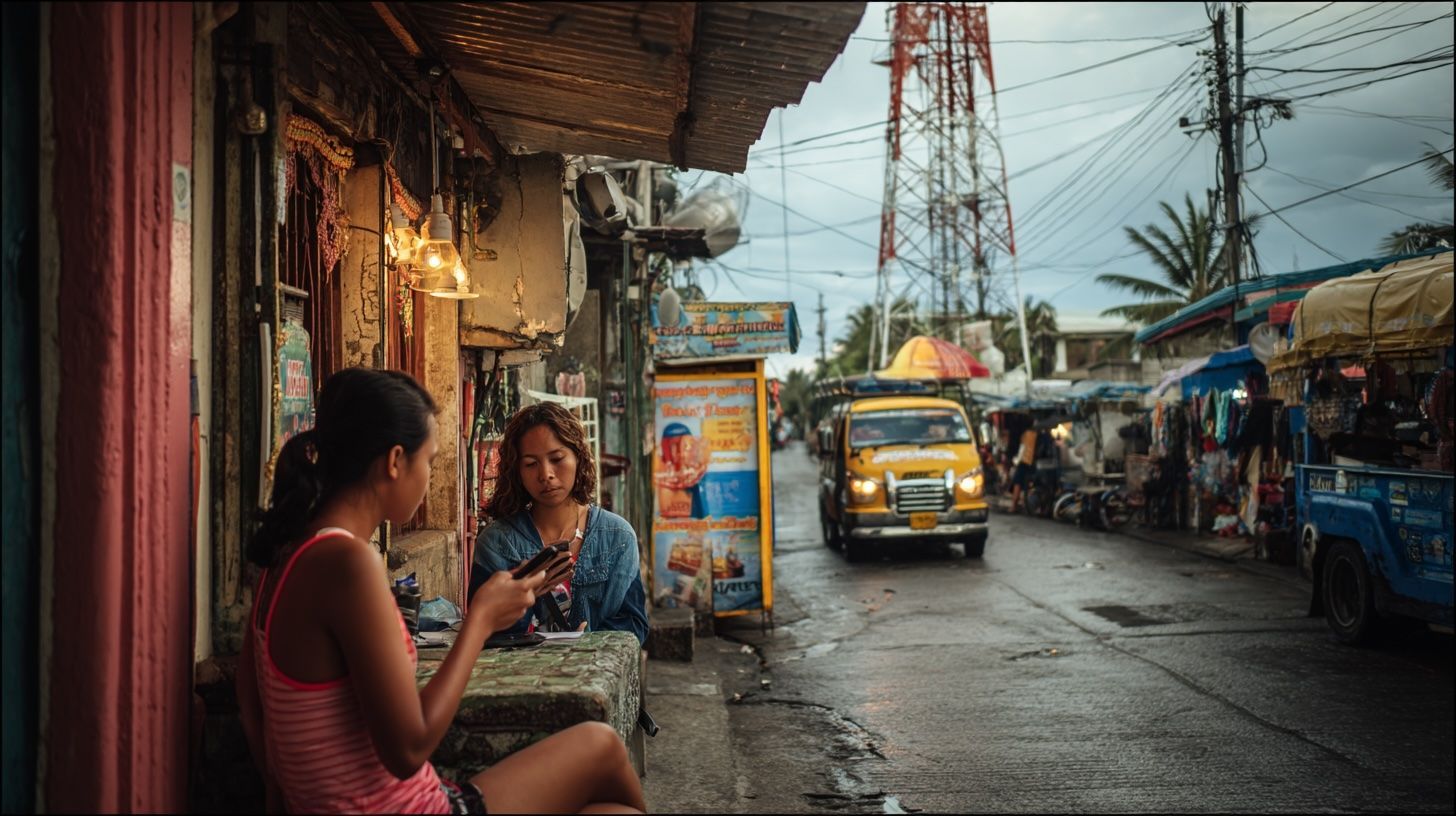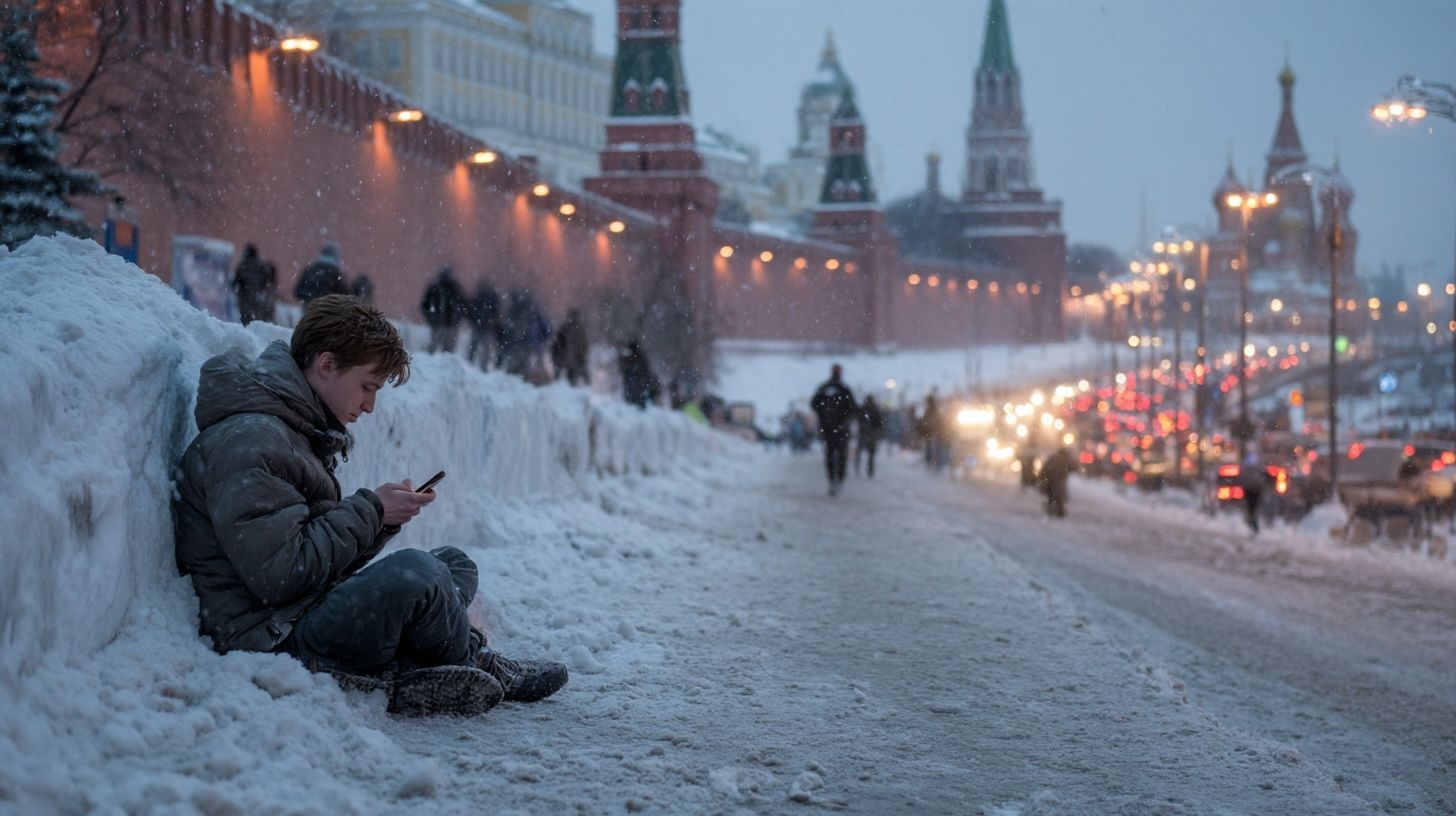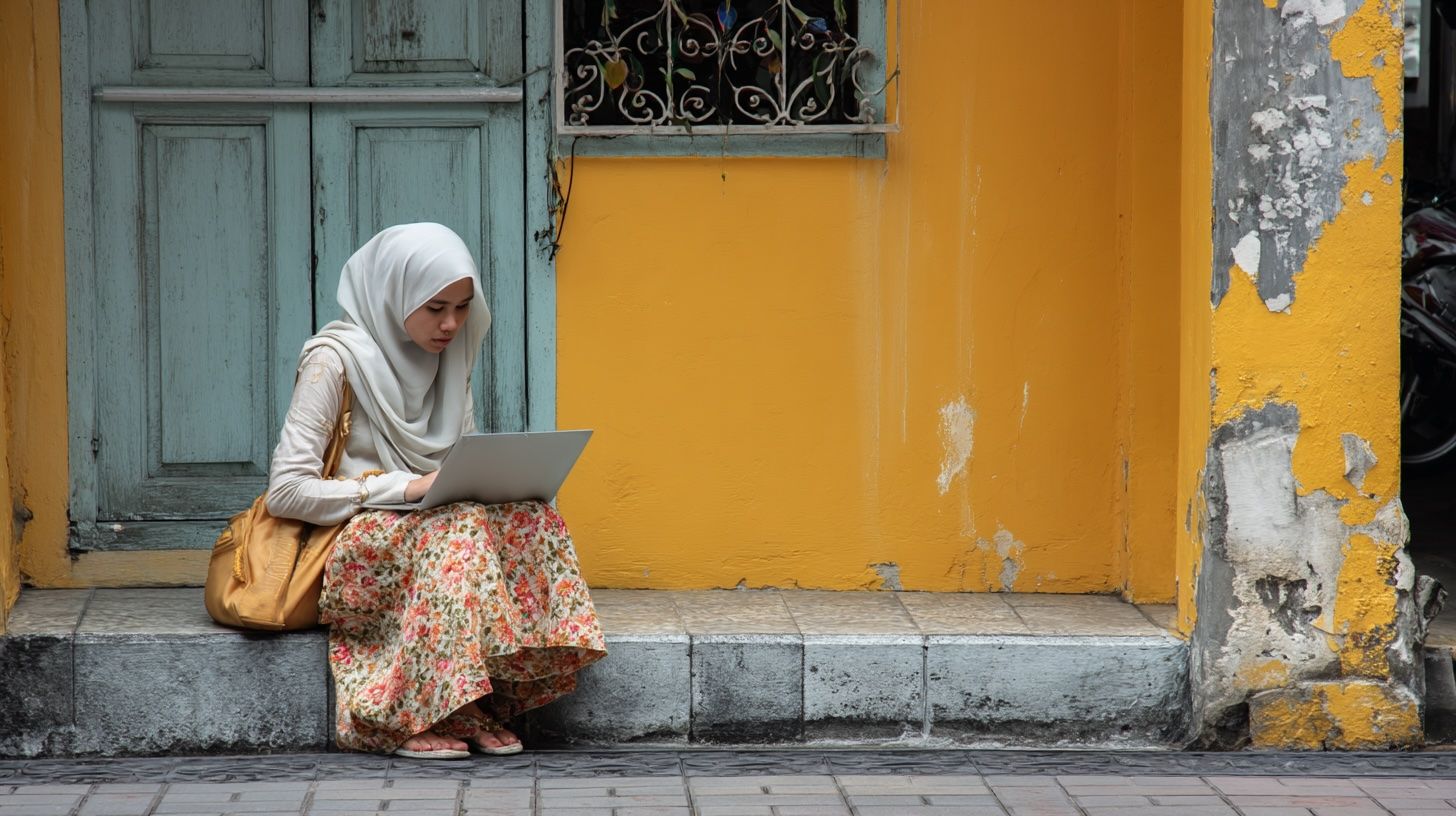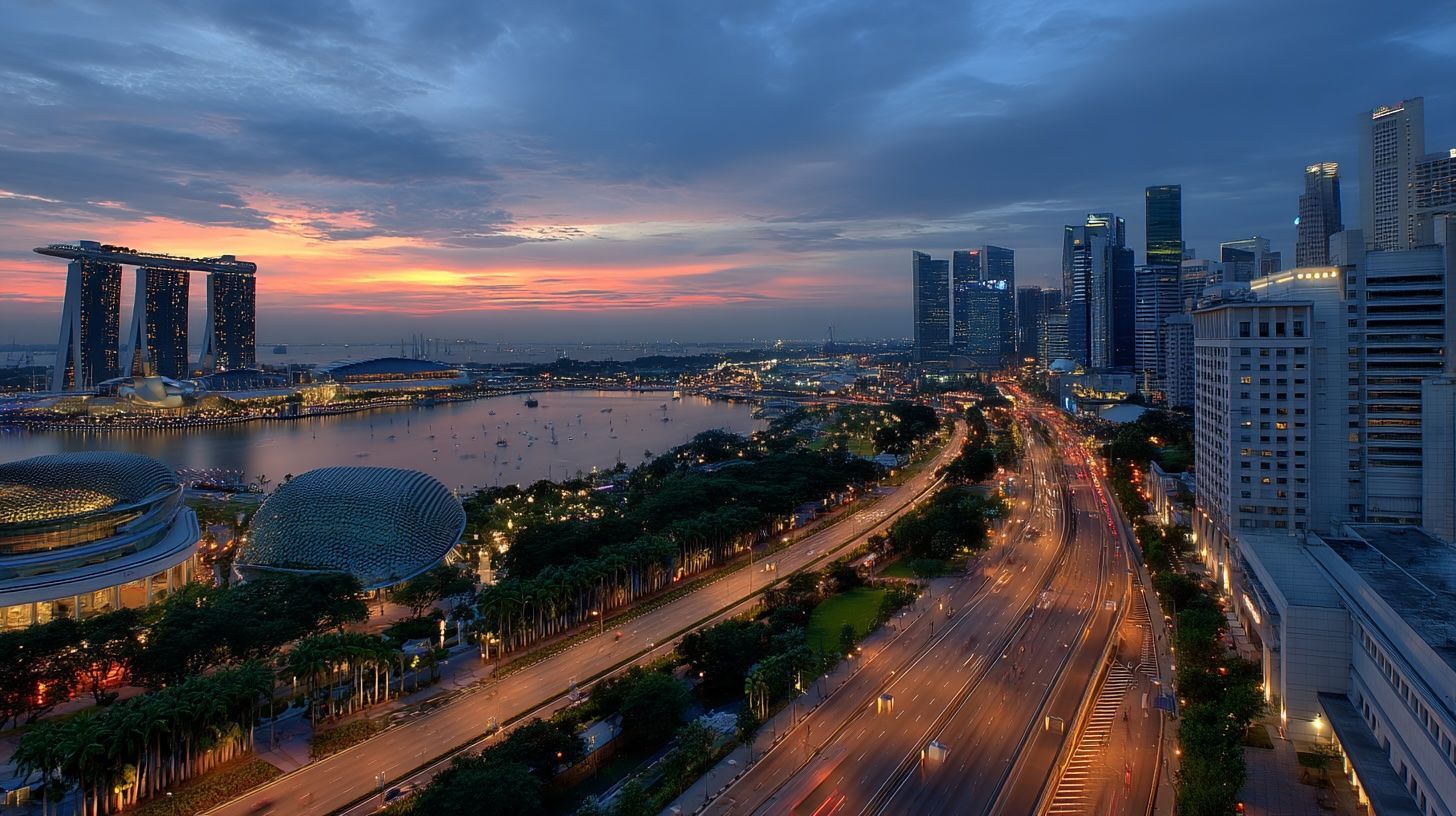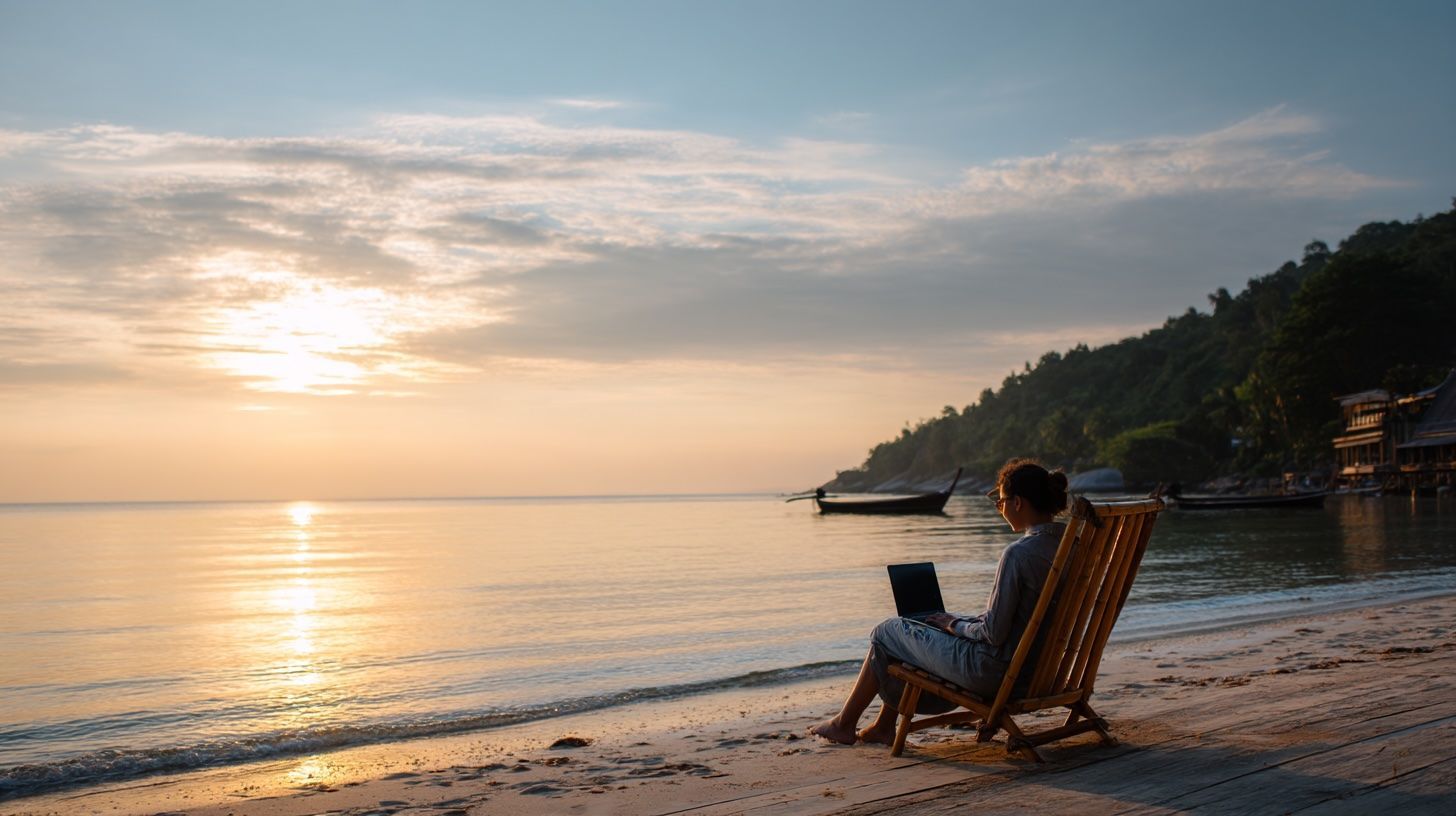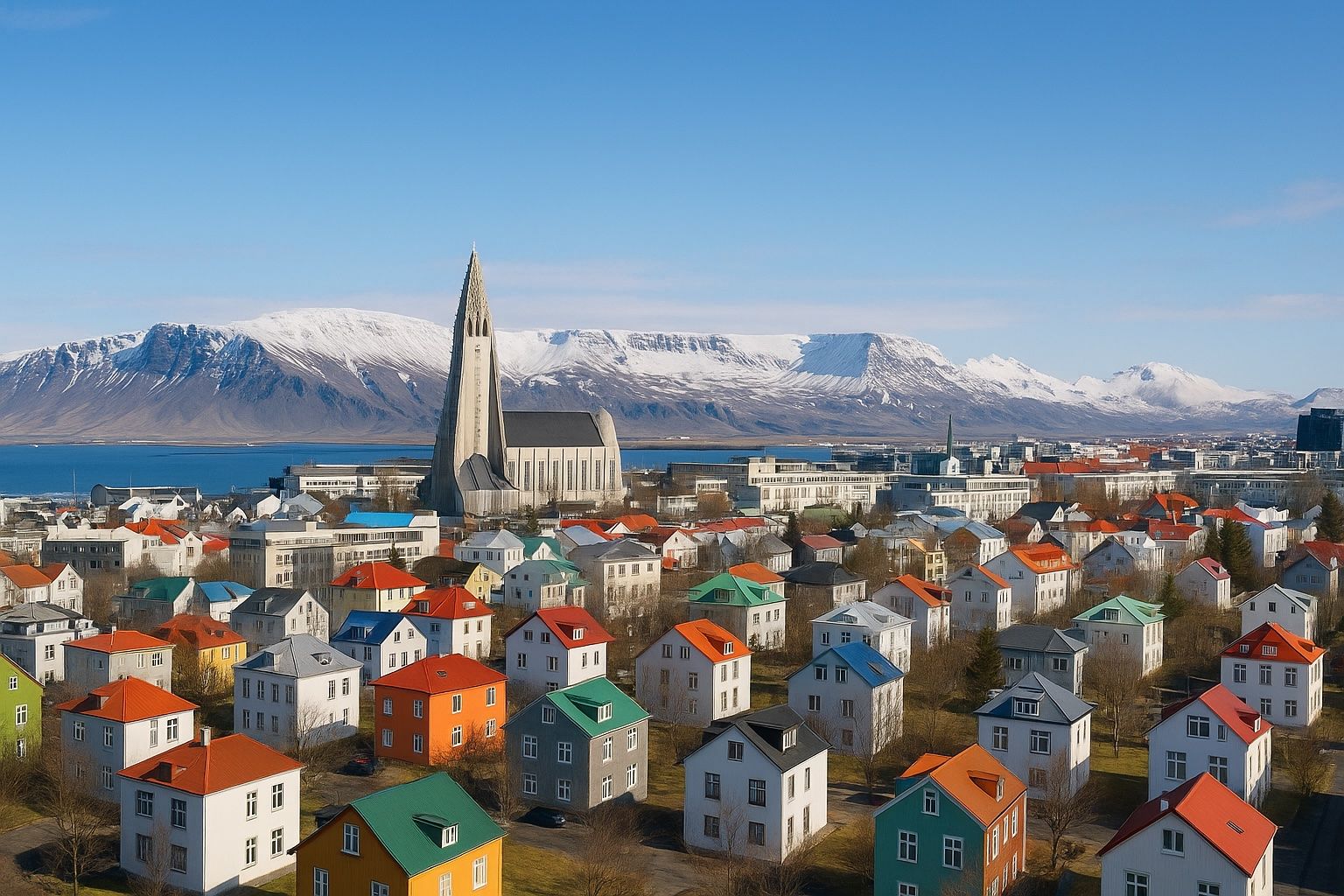
Fire, Ice, and Fiber: How Iceland’s Internet Leaves the World in the Dust
Fixed fiber dominates Iceland’s broadband, with FTTH at 88.7% of fixed lines and over 93% of homes having gigabit-capable fiber, including at least 1 Gbps nationwide and 10 Gbps in most areas. Iceland is linked internationally by four submarine cables—FARICE-1, DANICE, Greenland Connect, and IRIS (launched in 2023 to Ireland)—totaling 208.8 Tbit/s of capacity, of which about 3 Tbit/s is currently used. Three mobile operators—Síminn, Vodafone Iceland (Sýn), and Nova—provide nationwide 4G/5G, with Nova launching 5G in 2020 and Síminn and Vodafone in 2021. By 2023, 5G signals blanket most towns and transit routes across Iceland, with widespread 4G/5G coverage
